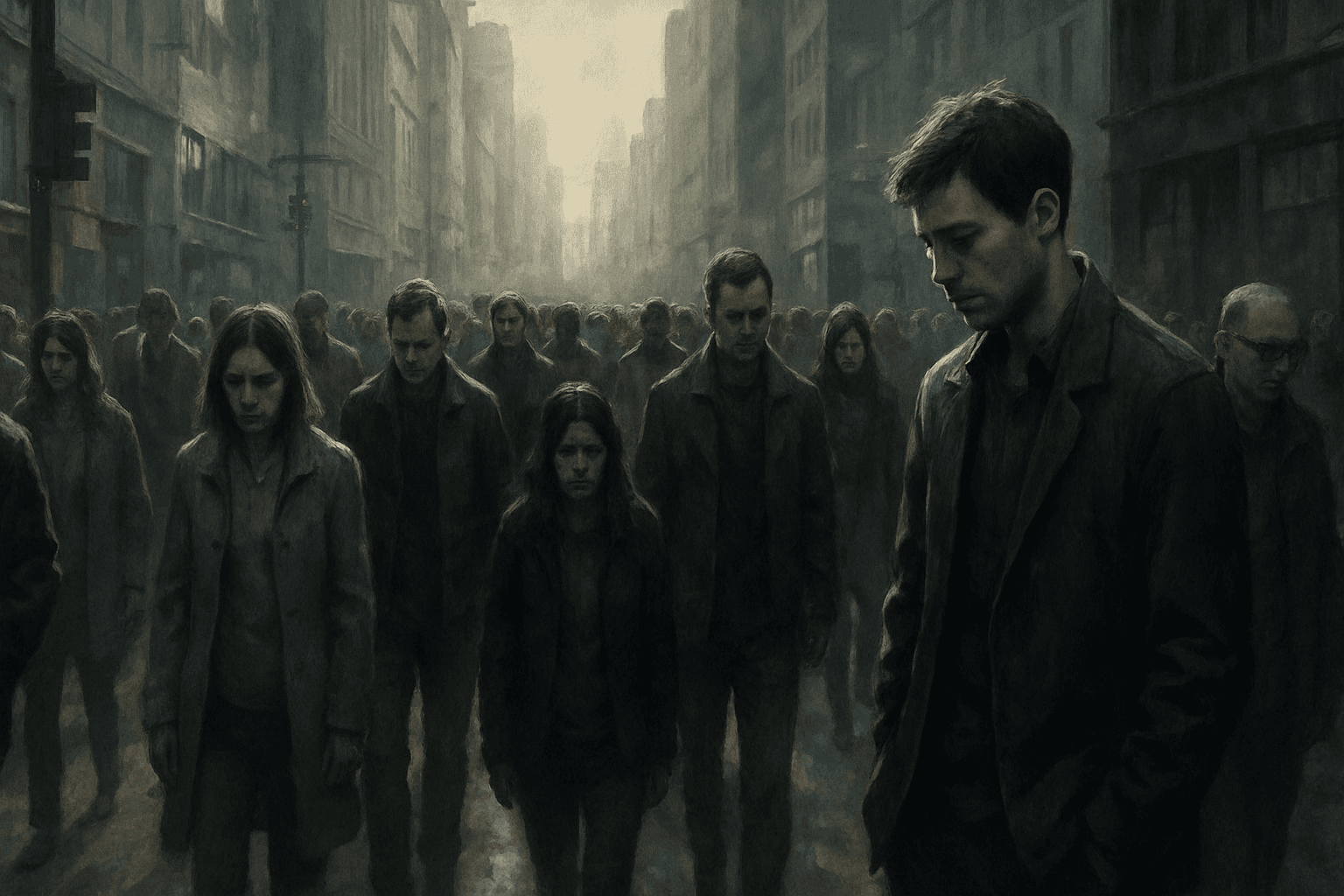The Silent Struggle: Exploring Isolation in Society in A Tale of Two Cities

When we think of classic literature, we often envision grand narratives filled with heroic deeds and epic battles. However, in Charles Dickens' ' A Tale of Two Cities ,' the real battle lies not on the streets of Paris or London but within the hearts and minds of its characters. One of the most powerful themes woven throughout the novel is the isolation that permeates society, especially during times of chaos and revolution.
From the very beginning, readers are thrust into a world of contrasts—the rich and the poor, the hopeful and the despairing. The opening lines set the stage for a society deeply divided, where isolation is not just a personal experience but a communal plight. Charles Darnay, imprisoned as a ‘Citizen Evrémonde,’ epitomizes this theme. His arrest speaks volumes about the collective fear that grips the populace, where the individual is often lost amid the revolutionary fervor. Here, loyalty to the Republic overshadows personal rights, illustrating how societal pressures can isolate individuals, stripping them of their identities.
As we delve deeper into the narrative, the bustling streets of revolutionary Paris serve as a backdrop for the characters’ internal struggles. Miss Pross and Mr. Cruncher navigate through crowds yet choose to avoid the chaos, a poignant reminder that one can feel profoundly alone even in a throng of people. Dickens contrasts the noise of rebellion with the quiet moments of reflection, showcasing that isolation can be a choice as much as it is an imposition by the surrounding society.
Sydney Carton emerges as a character who embodies the essence of isolation. A brilliant man with untapped potential, he grapples with feelings of worthlessness and despair. Despite being surrounded by friends and loved ones, Carton often feels like an outsider, viewing himself as a 'disappointed drudge.' His self-loathing isolates him further, creating a chasm between his desires for connection and the reality of his existence. But it is through his relationship with Lucie Manette that we see a glimmer of hope; her compassion highlights the transformative power of love in combating isolation, even if only temporarily.
Doctor Manette's character arc also mirrors this theme. After years of imprisonment, he struggles to reconnect with his past and his loved ones. The emotional scars of his isolation manifest in his relationship with Lucie, as he fears that their bond will be severed by the changes her marriage brings. This fear reflects a broader societal issue—how trauma can create barriers, even within families, leaving individuals feeling isolated in their grief and memories.
The revolutionary fervor that envelops Paris further exacerbates this theme of isolation. The indifference of the aristocracy, represented by characters like the Marquis, showcases a disconnect that leads to societal chaos. The growing resentment among the common people highlights the isolation they feel from those in power, ultimately culminating in violent uprisings. This collective isolation transforms into a shared determination, illustrating how societal upheaval can galvanize the marginalized into action, breaking down the very barriers that isolate them.
Yet, even in moments of unity, isolation lingers. As the revolution escalates, characters like Madame Defarge become consumed by vengeance, isolating themselves emotionally from the humanity of their targets. Her relentless pursuit of retribution underscores how the desire for justice can sometimes lead to further alienation from compassion and empathy.
As readers journey through Dickens’ narrative, we are left contemplating the complexities of isolation in society. It raises questions about the nature of connection—how societal expectations, personal trauma, and even the quest for justice can lead to profound feelings of loneliness. The characters’ struggles resonate with us, reminding us that, in a world full of noise and chaos, it is often the quiet battles within that define our humanity.
In the end, ' A Tale of Two Cities ' offers a compelling exploration of isolation that transcends its historical setting. As we reflect on the characters’ journeys, we are left with the understanding that even in our most isolated moments, the possibility for connection and redemption remains, waiting to be embraced.
Books: A Tale of Two Cities
Authors: Charles Dickens
Publishers: Public Domain